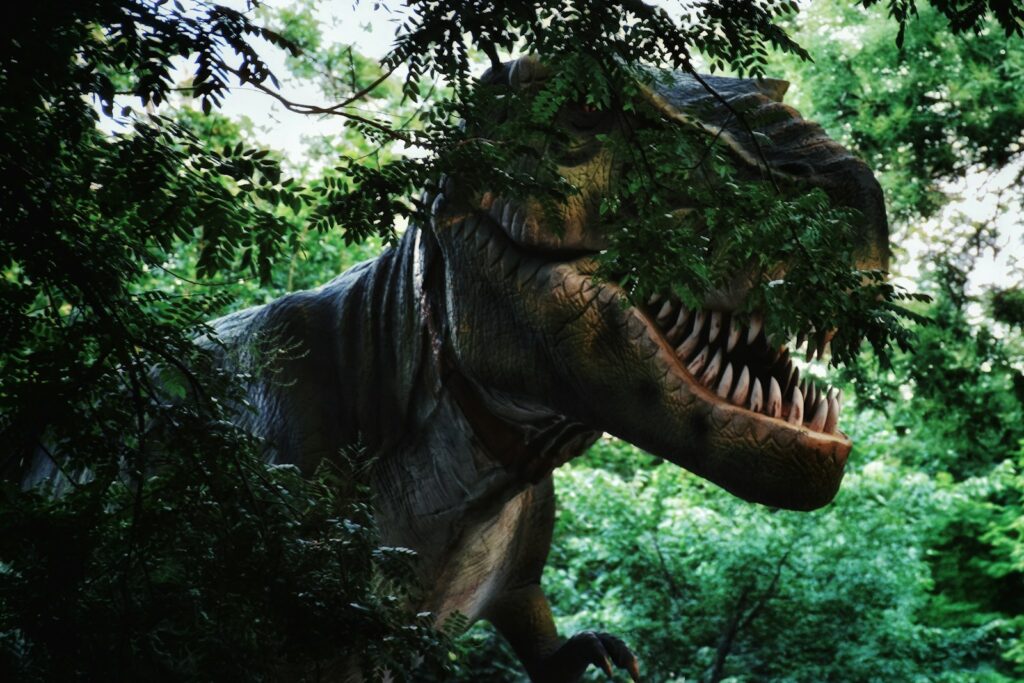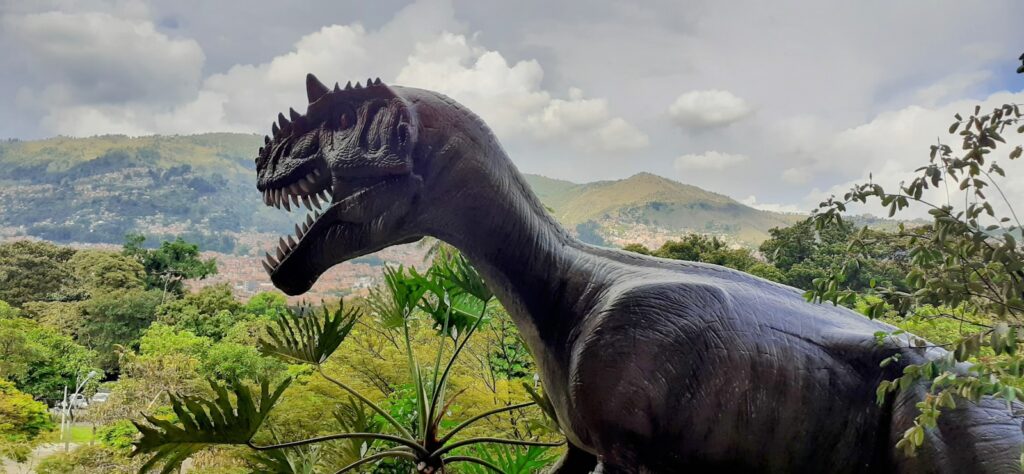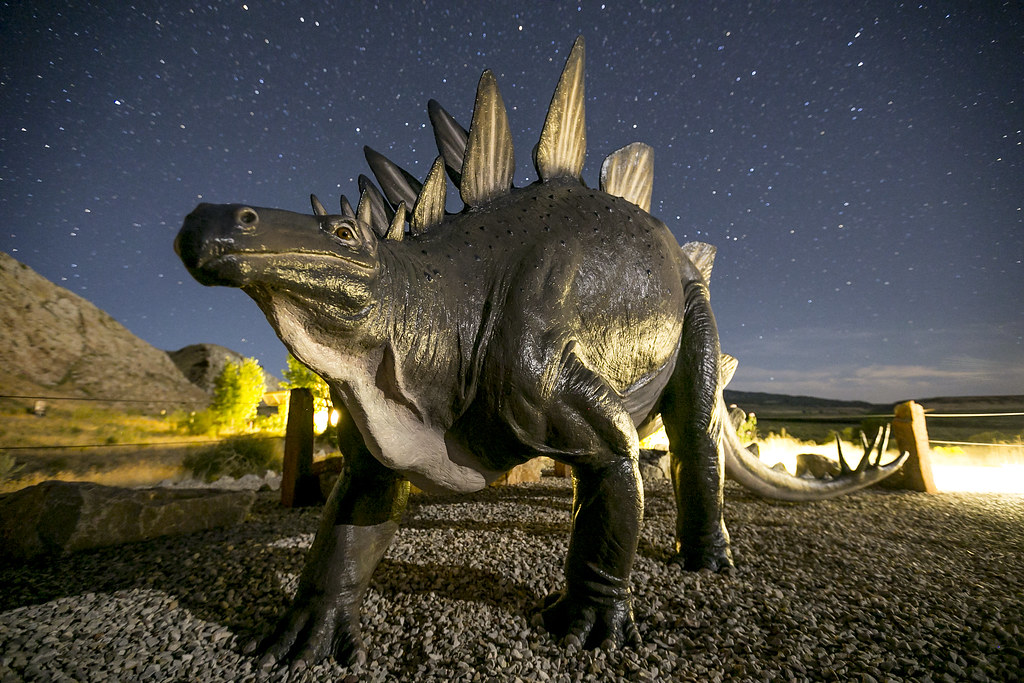Imagine standing in the middle of a prehistoric battlefield where giants once clashed with earth-shaking fury. The ground trembles beneath your feet as you witness nature’s most spectacular predator-prey encounters unfold before your eyes. These aren’t scenes from Hollywood blockbusters, but real events that paleontologists have painstakingly reconstructed from fossil evidence scattered across the globe. Through meticulous scientific detective work, researchers have pieced together some of the most dramatic dinosaur confrontations that ever occurred, revealing a world where survival meant everything and mercy meant nothing.
The Science Behind Fossil Fight Scenes
Reconstructing dinosaur encounters requires more than just finding bones buried in rock. Scientists must become forensic investigators, analyzing bite marks, bone breakage patterns, and even the position of fossilized remains to understand what happened millions of years ago. The angle of a tooth puncture can reveal whether an attack came from above or below, while the healing patterns on bones tell us if a dinosaur survived to fight another day.
Modern technology has revolutionized how we interpret these ancient battles. CT scans reveal internal bone structures that show stress fractures from violent encounters, while computer modeling helps scientists calculate bite forces and impact velocities. This scientific approach has transformed paleontology from simple bone collecting into a sophisticated field that can recreate prehistoric drama with stunning accuracy.
The Dueling Dinosaurs: Montana’s Buried Battle
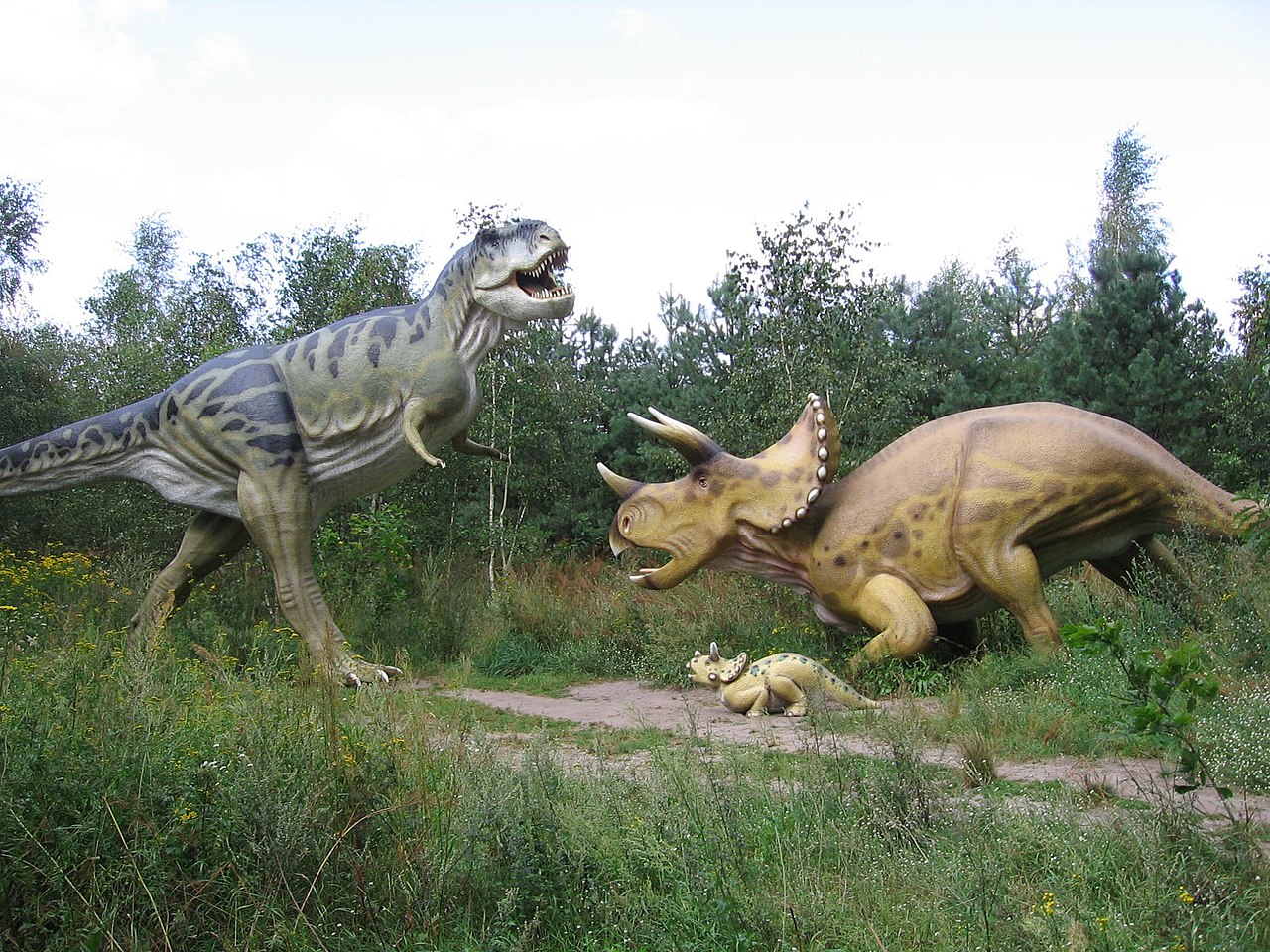
In the badlands of Montana, one of the most famous dinosaur encounters was discovered frozen in time. Two skeletons, a Triceratops and a Tyrannosaurus rex, were found intertwined in what appears to be their final moments of combat. The T. rex’s teeth were embedded in the Triceratops’ skull, while the herbivore’s horn had punctured the predator’s chest cavity.
This remarkable find, dubbed the “Dueling Dinosaurs,” provides direct evidence of predator-prey interaction between these iconic species. The positioning suggests the Triceratops may have delivered a fatal blow even as the T. rex was attempting to crush its skull. Scientists continue to study this specimen, which represents one of the most complete dinosaur battle scenes ever discovered.
Allosaurus vs. Stegosaurus: The Jurassic Heavyweight Championship
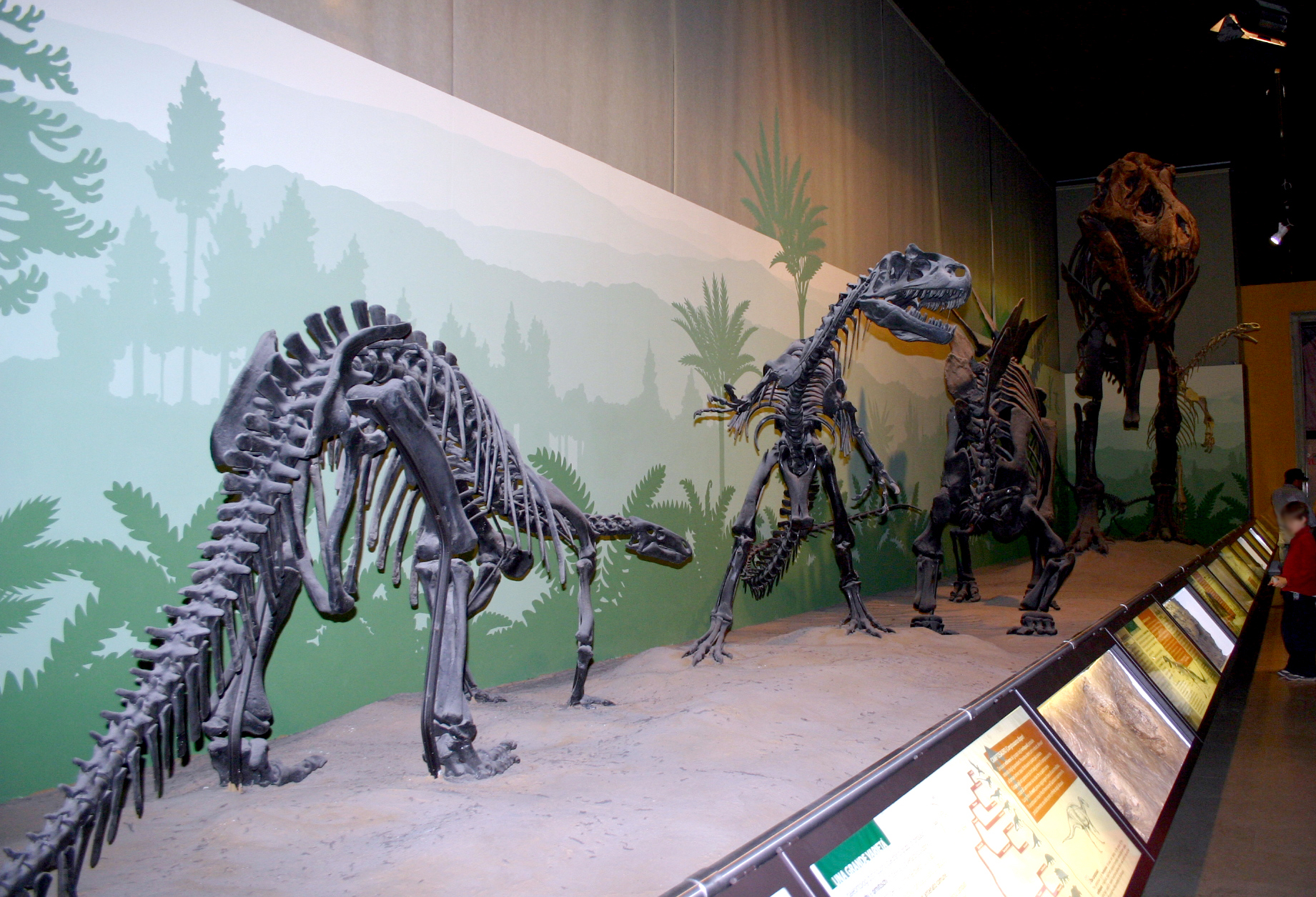
During the Late Jurassic period, the western United States witnessed epic confrontations between Allosaurus and Stegosaurus. Fossil evidence shows these encounters were far from one-sided affairs. Allosaurus vertebrae have been found with holes perfectly matching the dimensions of Stegosaurus tail spikes, proving these herbivores could deliver devastating counterattacks.
The famous “Allosaurus fragilis” specimen Big Al shows evidence of multiple injuries consistent with Stegosaurus encounters. Broken ribs, puncture wounds, and infected bone tissue paint a picture of a predator that lived dangerously and paid the price. These findings reveal that even apex predators faced significant risks when hunting heavily armored prey.
Deinonychus Pack Hunting: Revolutionary Discoveries
The discovery of multiple Deinonychus skeletons alongside a single Tenontosaurus skeleton in Montana revolutionized our understanding of dinosaur behavior. This find suggested that these smaller predators worked together to bring down much larger prey, challenging previous assumptions about dinosaur intelligence and social structures.
Evidence of coordinated hunting behavior includes the positioning of the Deinonychus remains around the Tenontosaurus, with their distinctive sickle claws still embedded in the herbivore’s bones. This discovery helped reshape the public image of dinosaurs from sluggish, solitary creatures to dynamic, intelligent animals capable of complex social behaviors.
The Velociraptor and Protoceratops Death Embrace
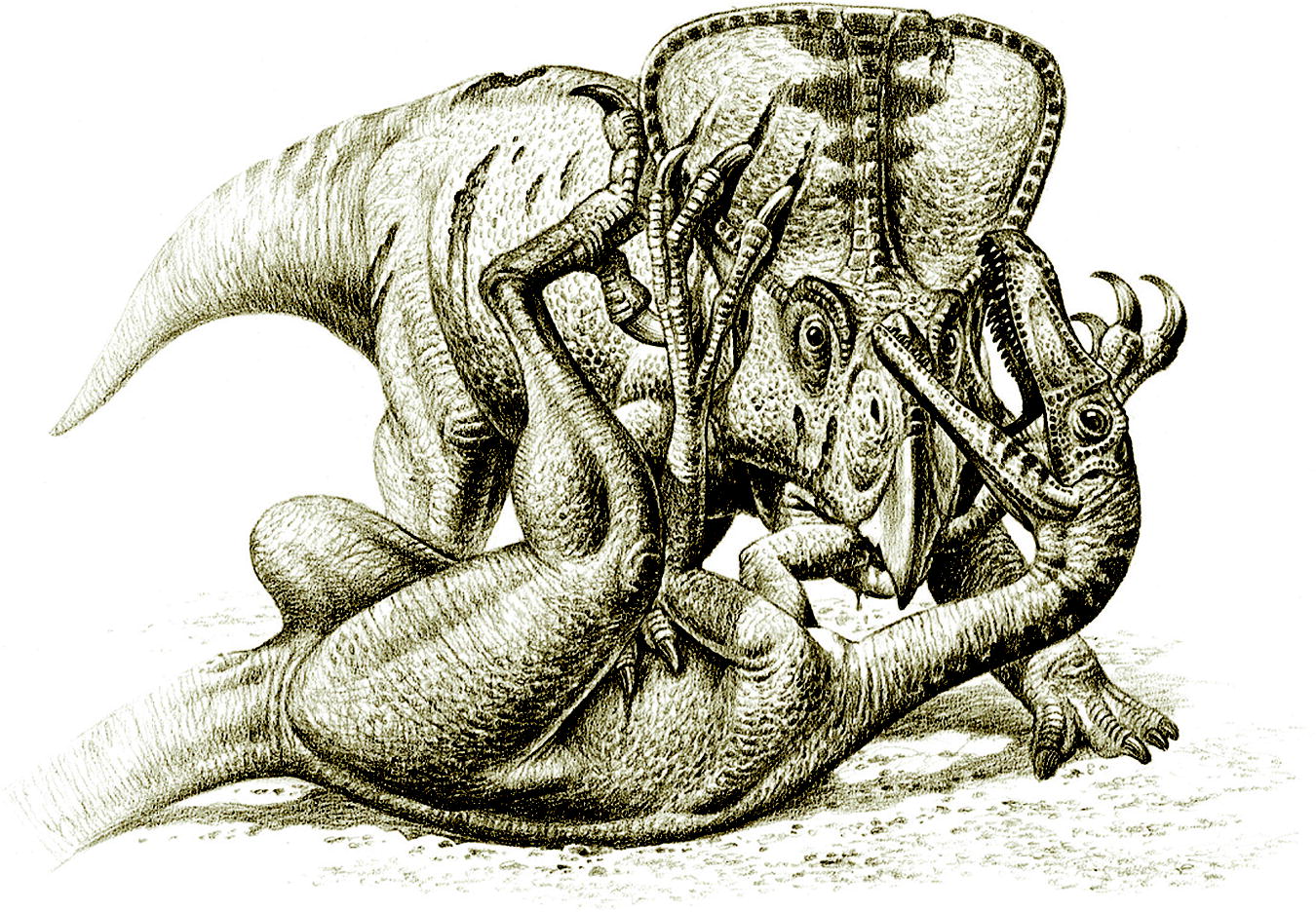
Perhaps the most dramatic dinosaur encounter ever preserved comes from the Gobi Desert of Mongolia. Here, a Velociraptor and Protoceratops were found locked in mortal combat, their skeletons intertwined in what scientists call the “Fighting Dinosaurs” specimen. The Velociraptor’s killing claw is positioned at the Protoceratops’ throat, while the herbivore’s beak grips the predator’s arm.
This extraordinary fossil provides unprecedented insight into predator-prey dynamics during the Late Cretaceous. The preservation is so remarkable that scientists can see exactly how these animals fought, down to the positioning of individual claws and teeth. The specimen suggests both animals died simultaneously, possibly buried by a sudden sandstorm during their struggle.
Bite Force Analysis: Measuring Ancient Power
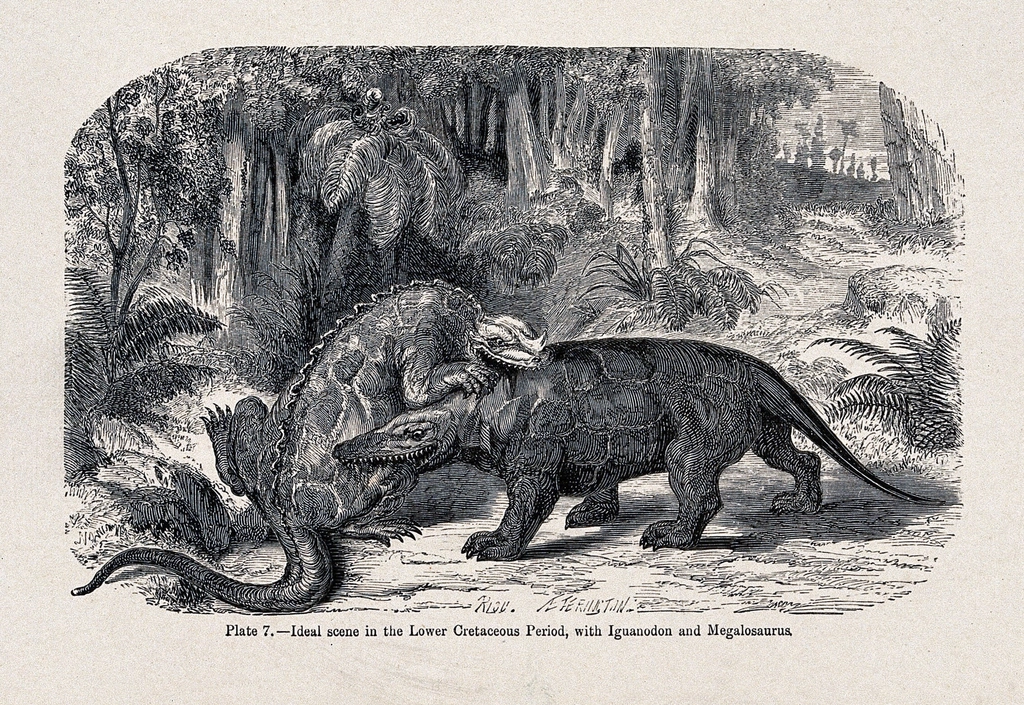
Scientists have developed sophisticated methods to calculate the bite forces of extinct predators, revealing the incredible power behind these ancient encounters. Tyrannosaurus rex possessed one of the strongest bites in Earth’s history, with estimates reaching over 57,000 pounds per square inch. This crushing force could easily penetrate the thickest bone and armor of its prey.
Comparative studies show that different predators employed varying hunting strategies based on their bite mechanics. Allosaurus had a weaker but more precise bite, perfect for slashing attacks, while Carnotaurus possessed a relatively weak bite but compensated with incredible speed. These biomechanical analyses help scientists understand how prehistoric ecosystems functioned.
Herbivore Defense Strategies: Not Just Sitting Ducks

Fossil evidence reveals that herbivorous dinosaurs developed sophisticated defense mechanisms to survive predator encounters. Triceratops skulls show evidence of ritualized combat among their own species, suggesting these animals regularly practiced their fighting skills. The massive neck frills weren’t just for display but served as shields during battles.
Ankylosaurs represent the ultimate in defensive evolution, with their club-shaped tails capable of delivering bone-crushing blows. Computer models show these weapons could generate forces equivalent to a medieval mace, easily capable of breaking predator bones. Even massive sauropods weren’t defenseless, using their whip-like tails and massive size to deter attacks.
Marine Reptile Warfare: Underwater Gladiators
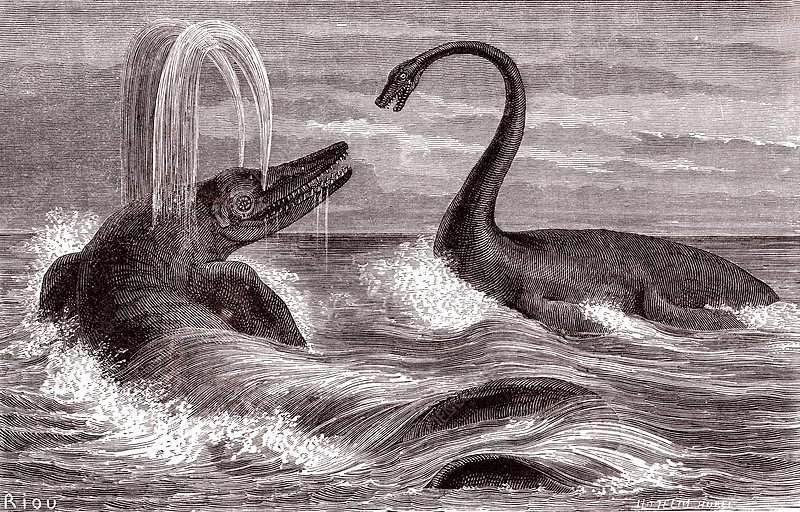
The prehistoric oceans witnessed their own spectacular battles between marine reptiles. Plesiosaur skeletons bearing bite marks from mosasaurs tell stories of underwater encounters that rivaled any terrestrial conflict. These marine predators developed specialized hunting techniques for their aquatic environment.
Evidence suggests that some marine reptiles engaged in cannibalistic behavior, with larger individuals preying on smaller members of their own species. Bite marks on juvenile plesiosaur bones match the tooth patterns of adult specimens, revealing a brutal underwater world where size determined survival.
Scavenging vs. Hunting: The Great Debate
The discovery of dinosaur encounters has sparked intense debates about whether some species were primarily hunters or scavengers. Tyrannosaurus rex remains at the center of this controversy, with evidence supporting both behaviors. Some specimens show healed bite marks from other T. rex individuals, suggesting they fought over carcasses.
Recent discoveries have revealed that many large predators were opportunistic, switching between hunting and scavenging as circumstances required. This behavioral flexibility likely contributed to their evolutionary success and explains why some predator-prey encounters show evidence of prolonged struggles while others suggest quick kills.
Technology Reveals Hidden Battle Scars
Advanced imaging techniques have uncovered previously invisible evidence of dinosaur encounters. X-rays reveal internal bone damage that suggests specific types of attacks, while chemical analysis of fossilized remains can detect stress markers that indicate periods of injury and healing.
Virtual reality reconstructions now allow scientists to test different scenarios for how these encounters might have unfolded. By inputting physical constraints and behavioral data, researchers can simulate prehistoric battles and determine which scenarios are most likely based on the fossil evidence.
Environmental Factors in Dinosaur Conflicts
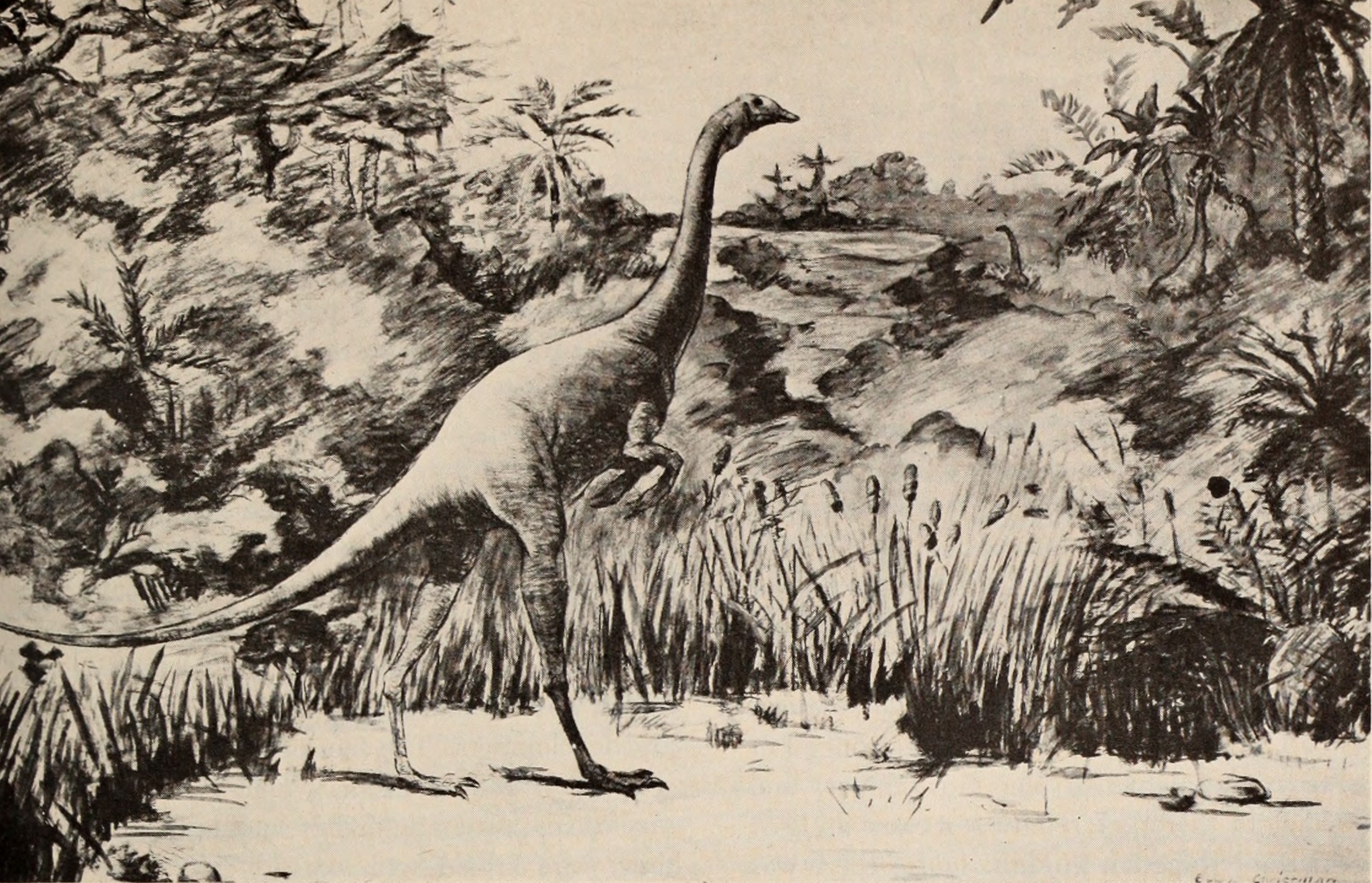
The environment played a crucial role in determining the outcome of dinosaur encounters. Muddy conditions could trap both predator and prey, leading to the preservation of complete battle scenes. Seasonal changes affected food availability, potentially increasing competition and conflict frequency.
Volcanic activity and climate fluctuations created stressed ecosystems where desperate animals were more likely to take risks. Some of the most dramatic fossil discoveries come from periods of environmental upheaval, when normal behavioral patterns were disrupted by changing conditions.
Juvenile Dinosaur Encounters: Learning to Survive
Young dinosaurs faced unique challenges in prehistoric ecosystems, with fossil evidence showing that even juvenile predators sometimes became prey. Bite marks on young Allosaurus bones suggest they were vulnerable to attacks from their own species, revealing the harsh reality of dinosaur childhood.
Some specimens show evidence of parental protection, with adult dinosaurs apparently defending their young from predators. These discoveries have helped scientists understand dinosaur family structures and social behaviors, painting a more complex picture of prehistoric life than previously imagined.
The Evolution of Predator-Prey Arms Race
Dinosaur encounters drove evolutionary innovation throughout the Mesozoic era. As predators developed more effective hunting strategies, prey species evolved increasingly sophisticated defense mechanisms. This arms race resulted in some of the most spectacular adaptations in Earth’s history.
The evolution of pack hunting in smaller predators forced herbivores to develop new defensive strategies, including herd behavior and more effective warning systems. Fossil trackways show evidence of coordinated group movements, suggesting complex social structures evolved in response to predation pressure.
Modern Implications: Understanding Ancient Ecosystems
Studying dinosaur encounters provides valuable insights into how ancient ecosystems functioned and how modern conservation efforts might benefit from this knowledge. The predator-prey relationships revealed through fossil evidence help scientists understand the delicate balance that maintained prehistoric biodiversity.
These discoveries also inform our understanding of modern ecological relationships, demonstrating that the basic principles of predation and survival have remained constant throughout Earth’s history. The complexity of dinosaur interactions rivals anything seen in today’s ecosystems, suggesting that prehistoric worlds were far more sophisticated than once believed.
Conclusion: Echoes of Ancient Battles
The fossil record preserves moments of prehistoric drama that continue to captivate our imagination and expand our understanding of life’s history. Each discovered encounter adds another piece to the puzzle of how dinosaurs lived, fought, and died in their ancient world. These reconstructed battles reveal that the Mesozoic era was filled with as much drama and intensity as any modern nature documentary.
Through careful scientific analysis, we can now witness these ancient conflicts with unprecedented detail, understanding not just what happened but why it happened and how it shaped the course of evolution. The next time you see dinosaur fossils in a museum, remember that you’re looking at the preserved evidence of some of the most spectacular battles in Earth’s history.

